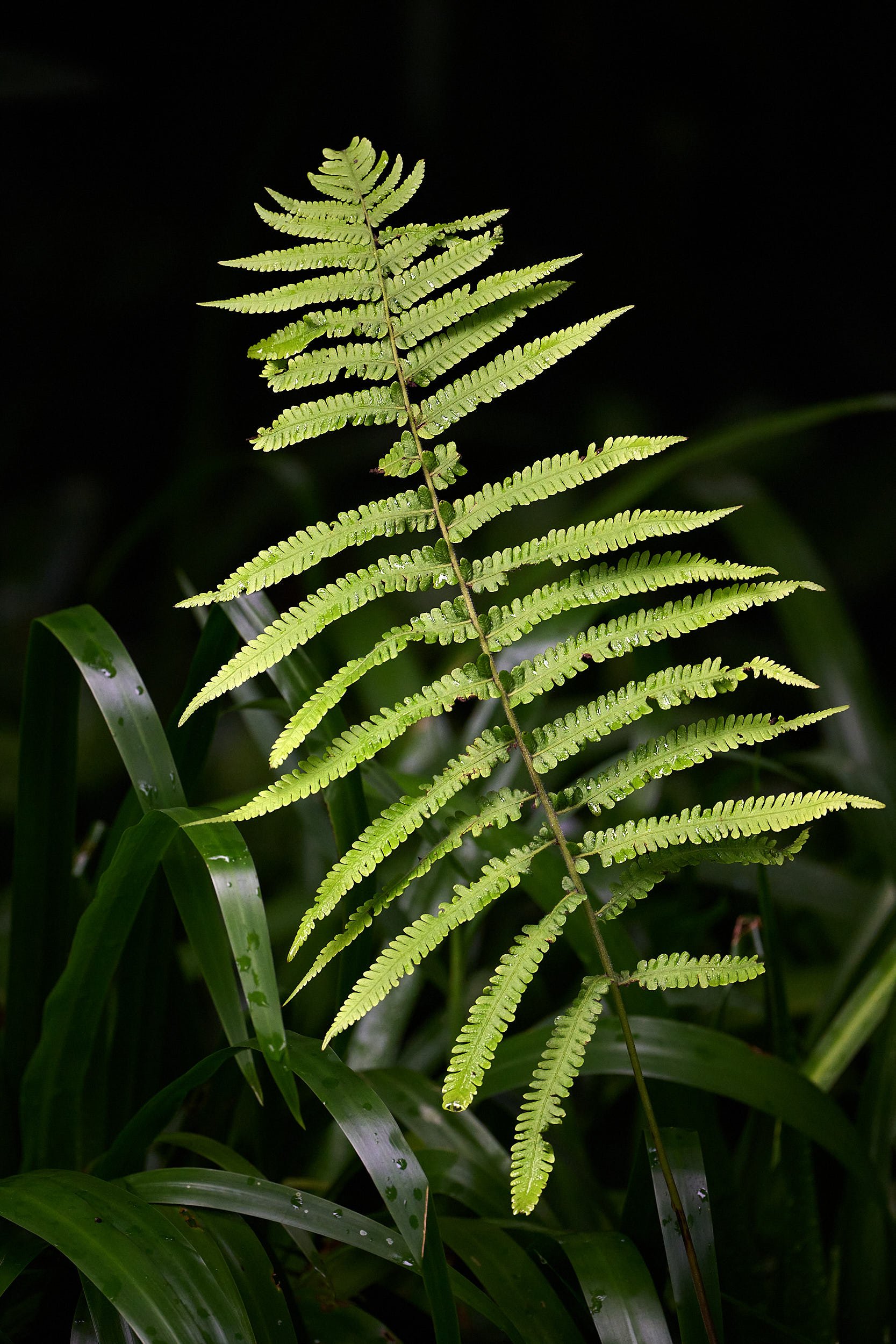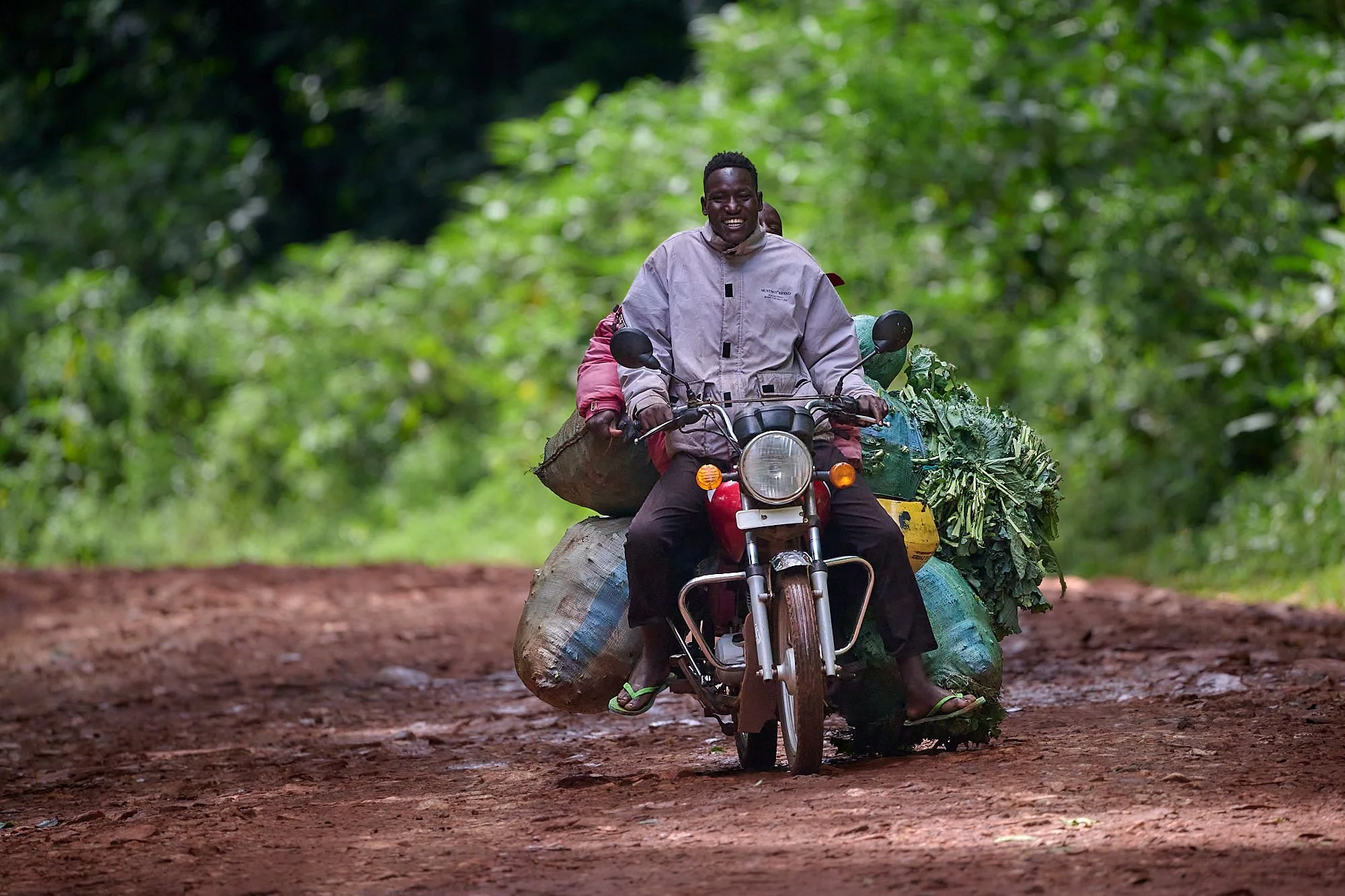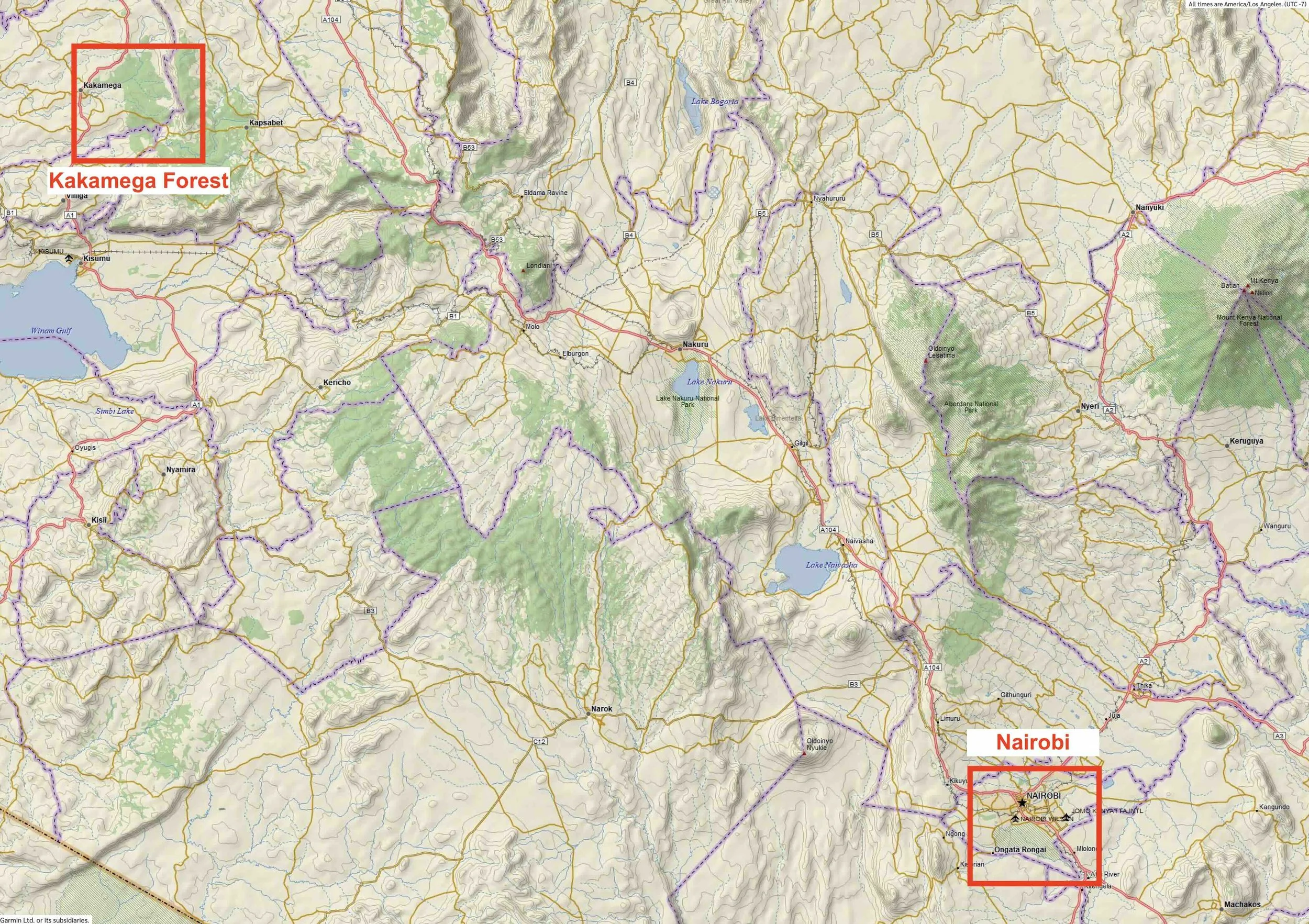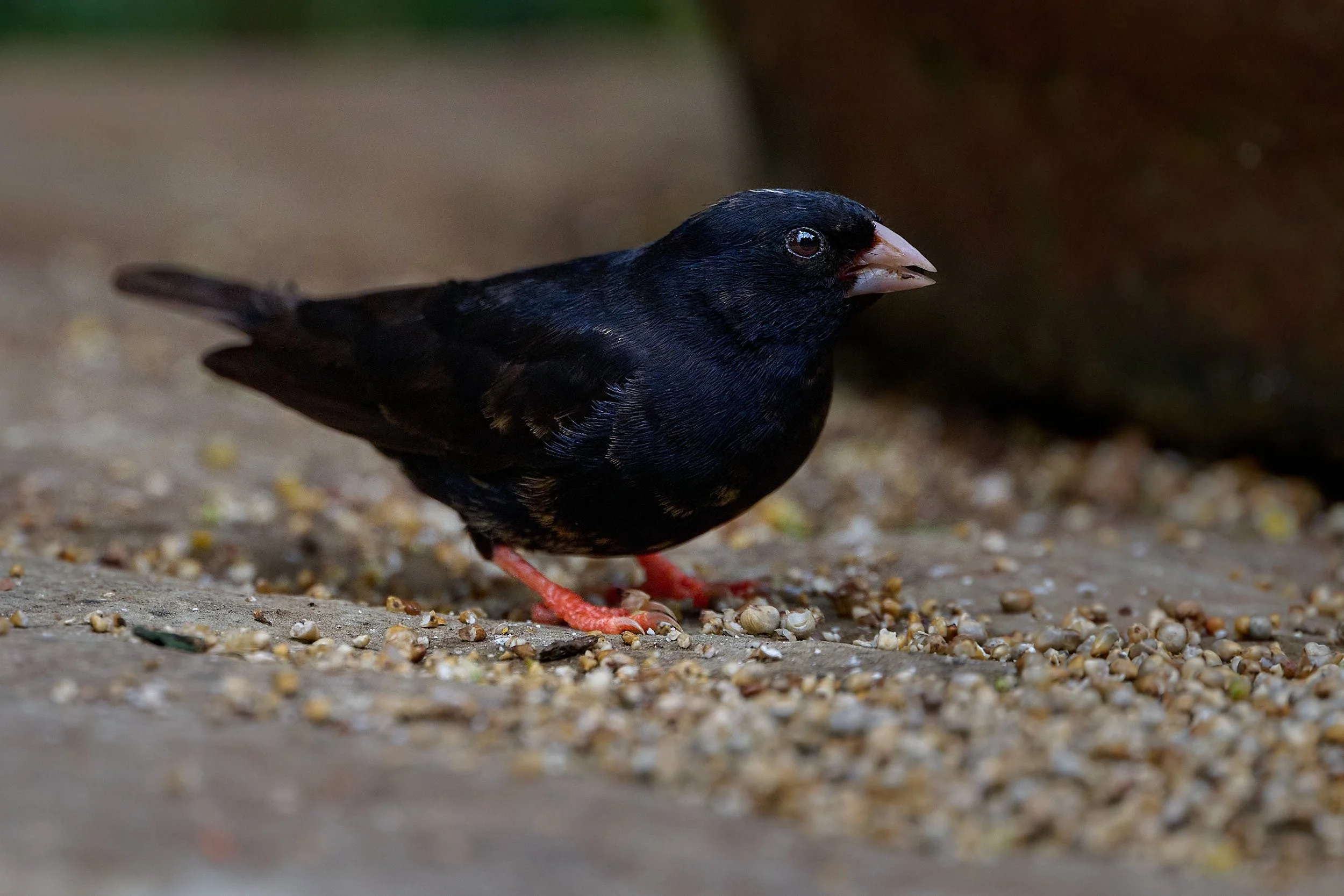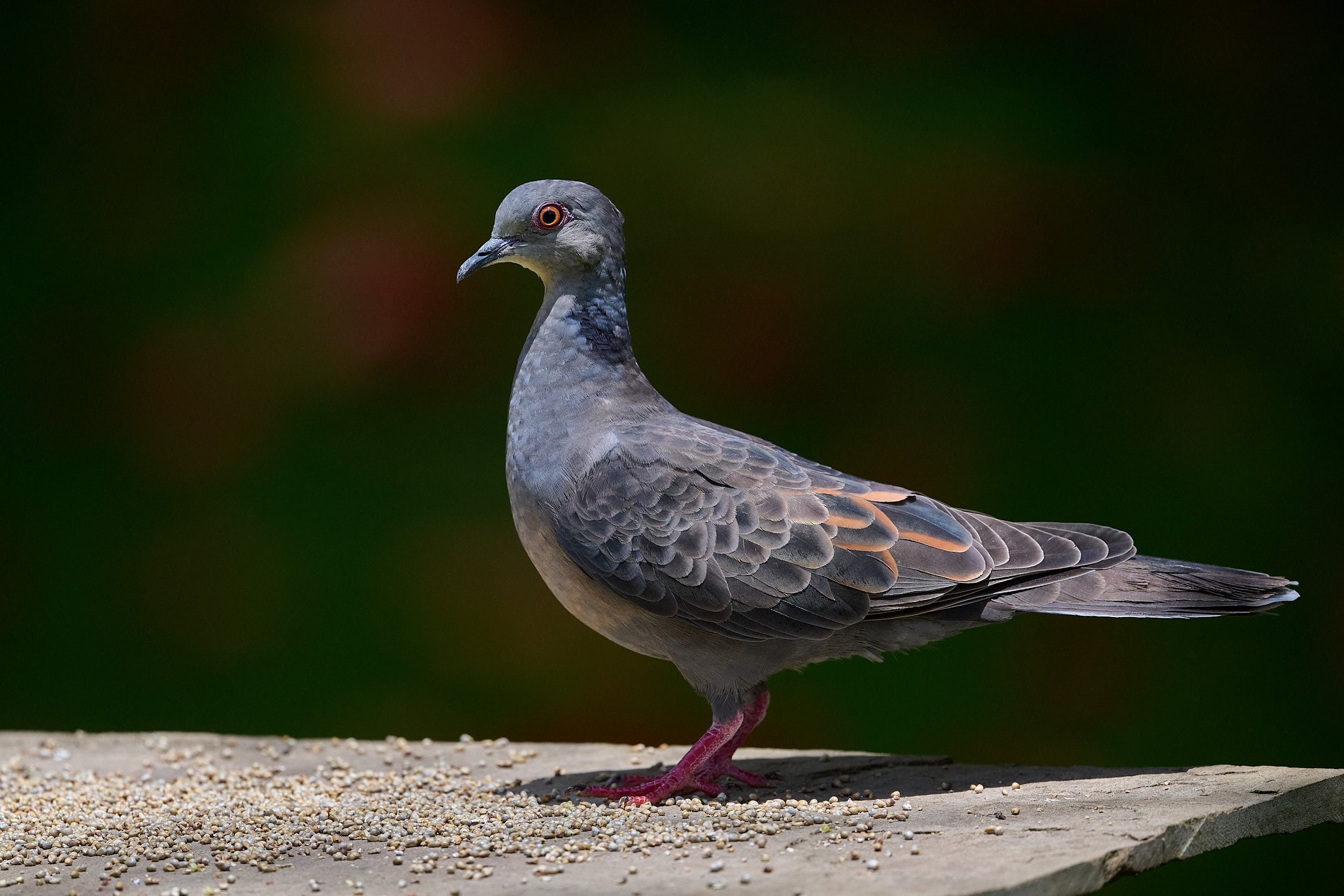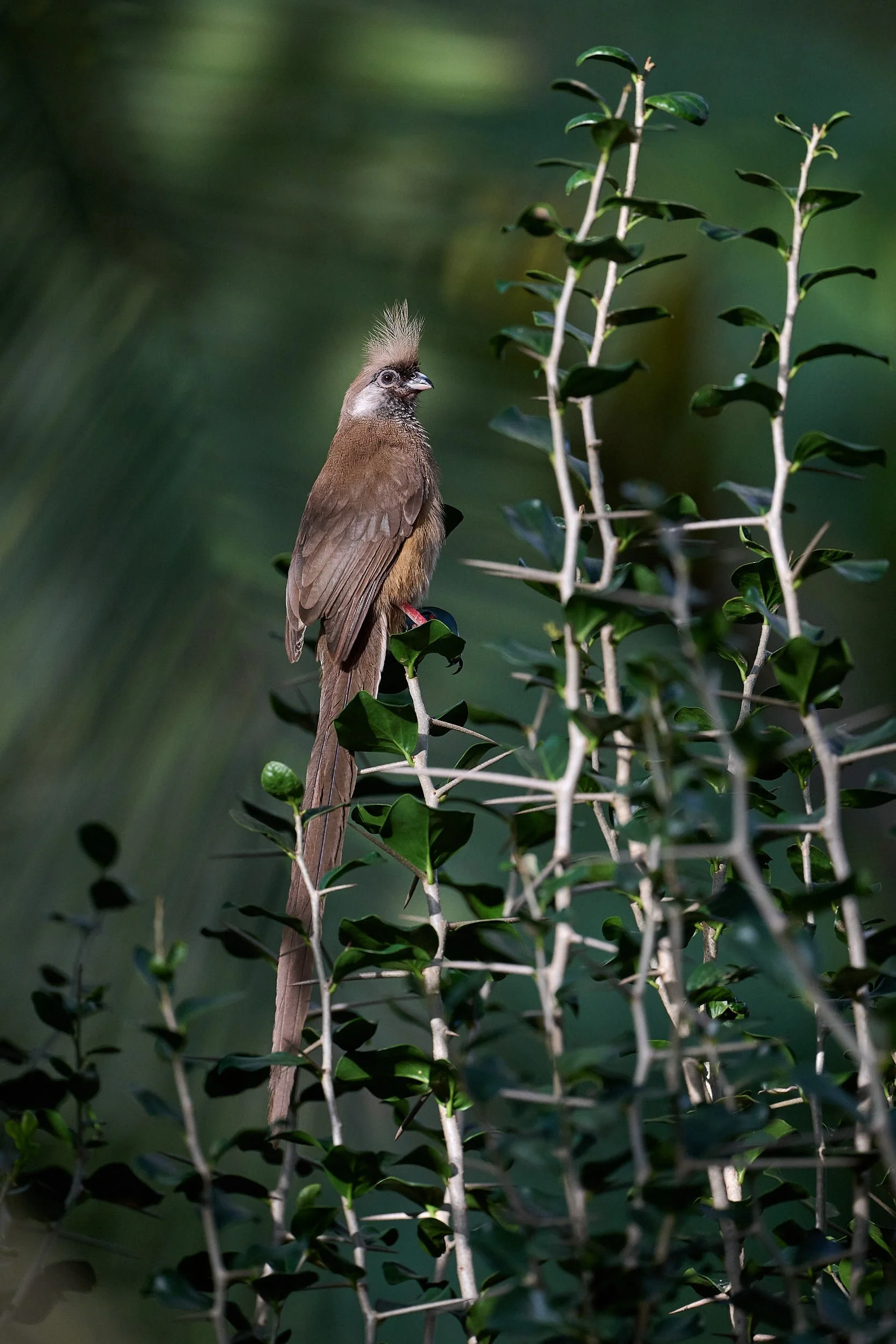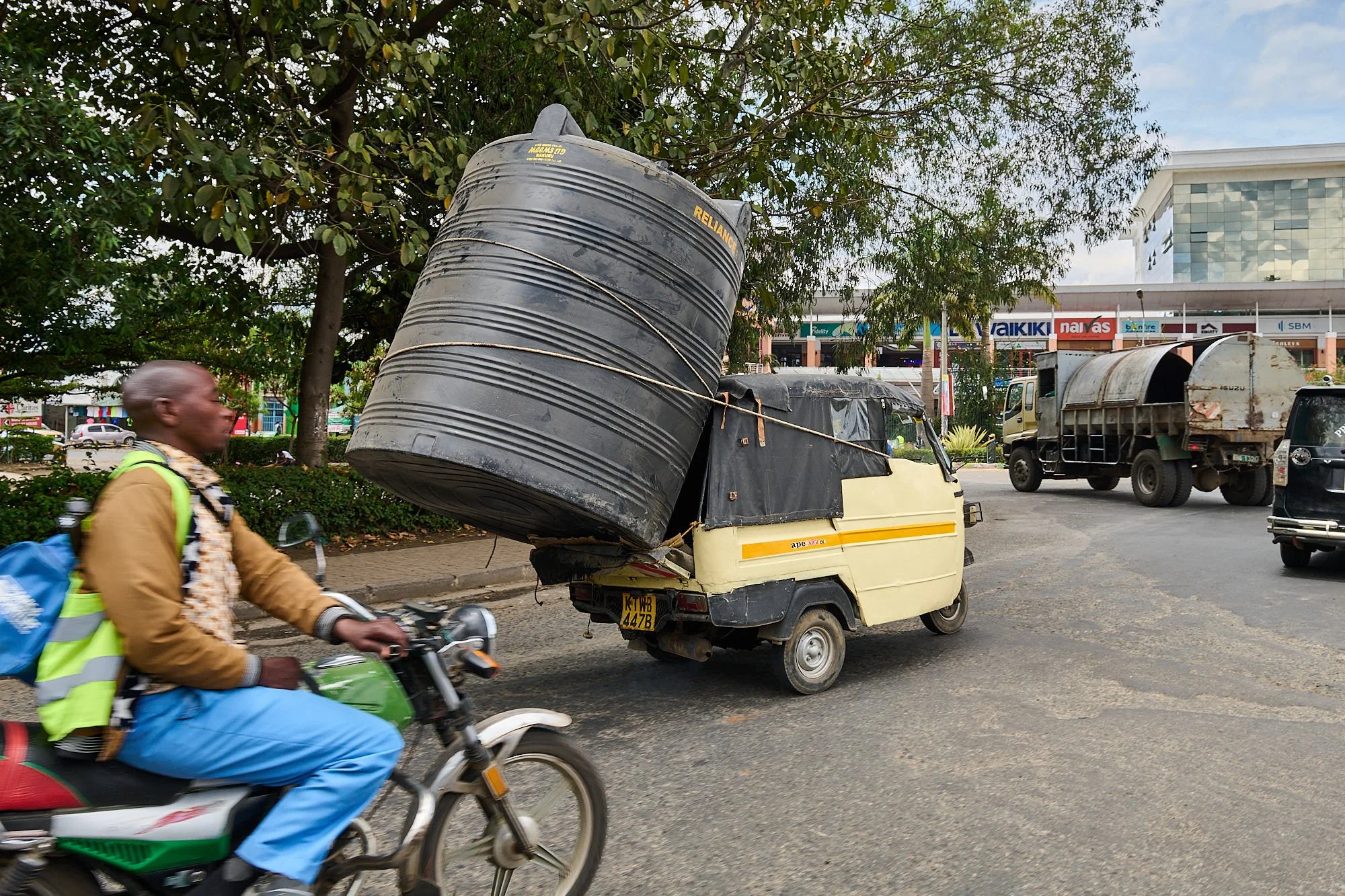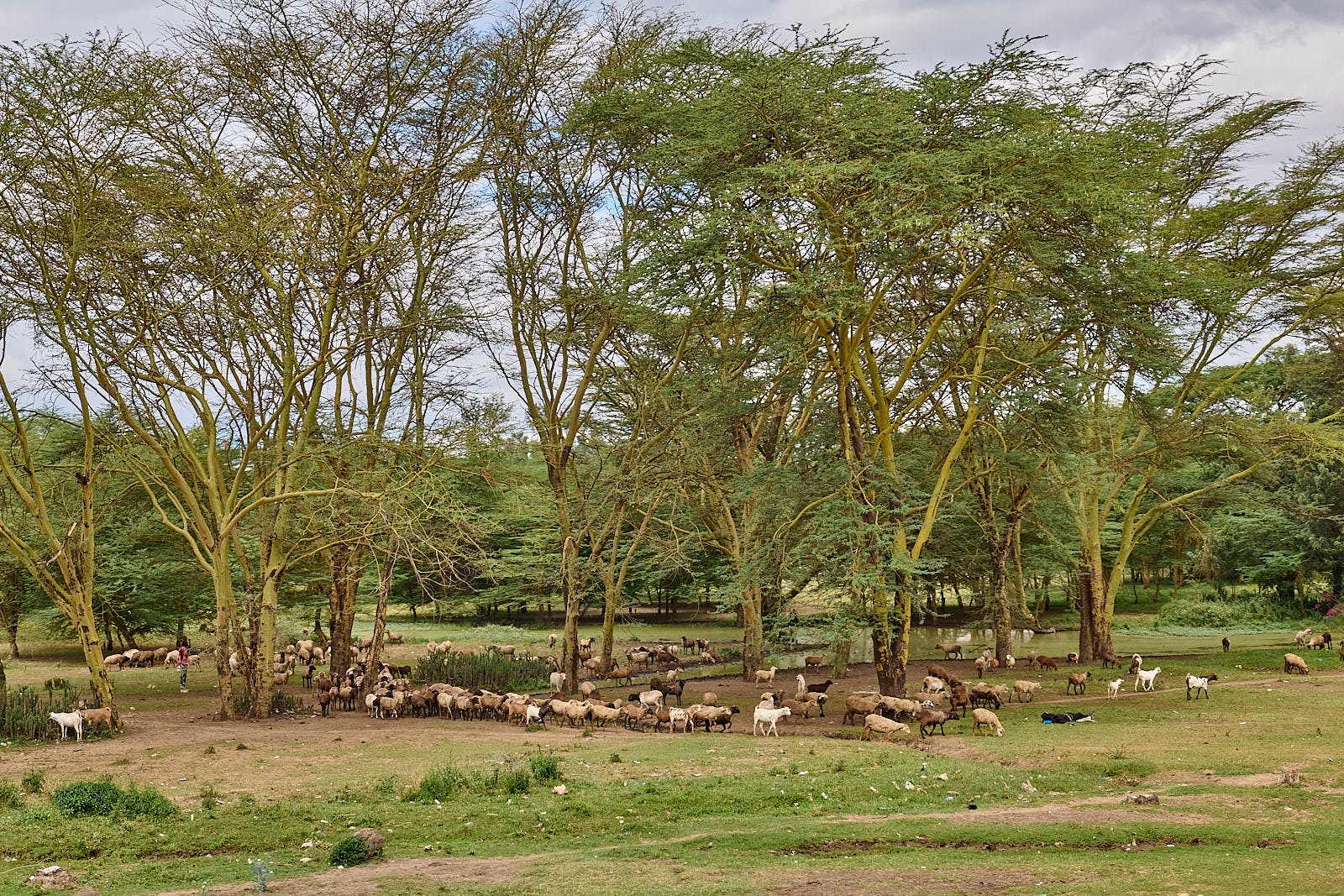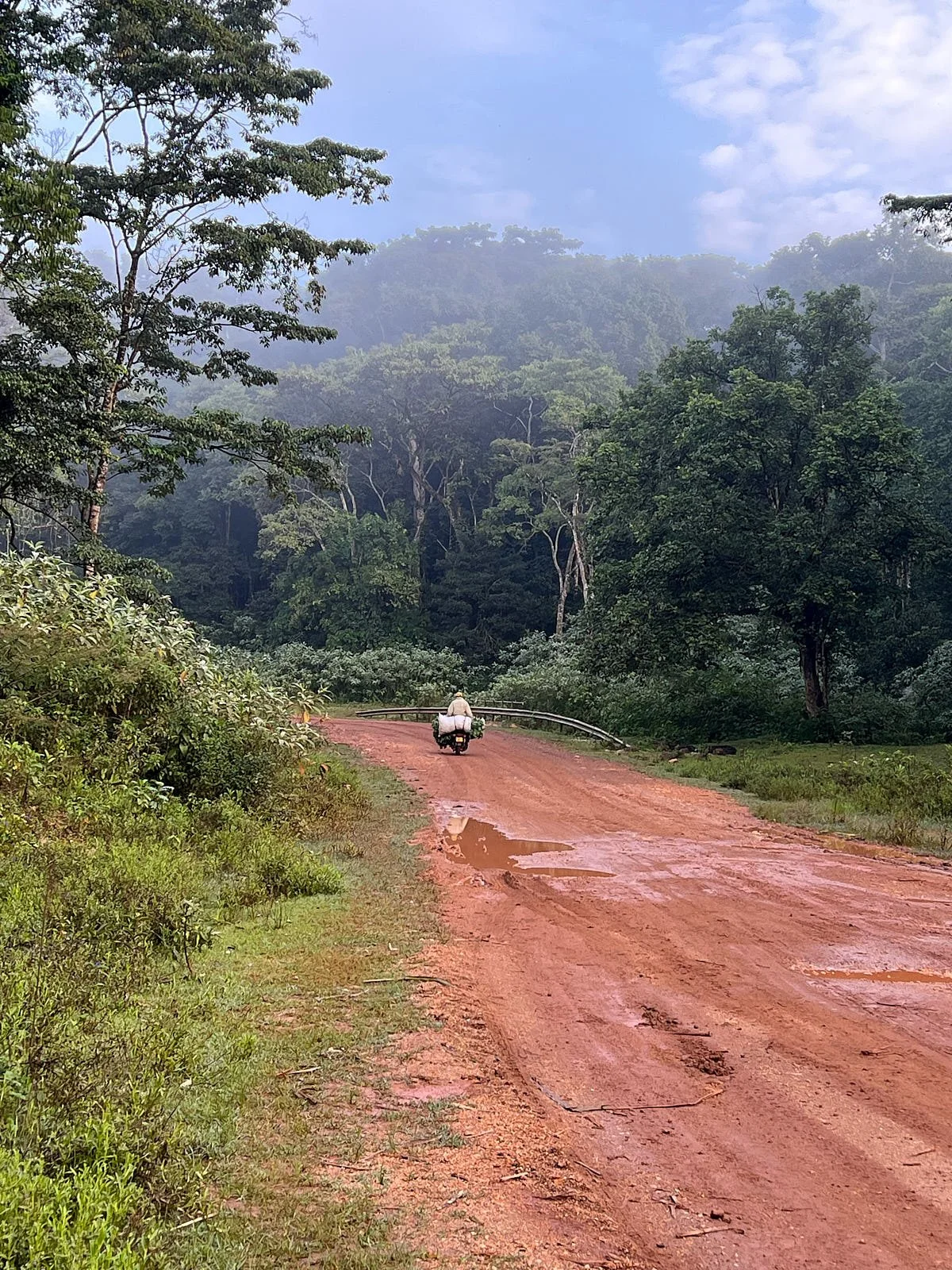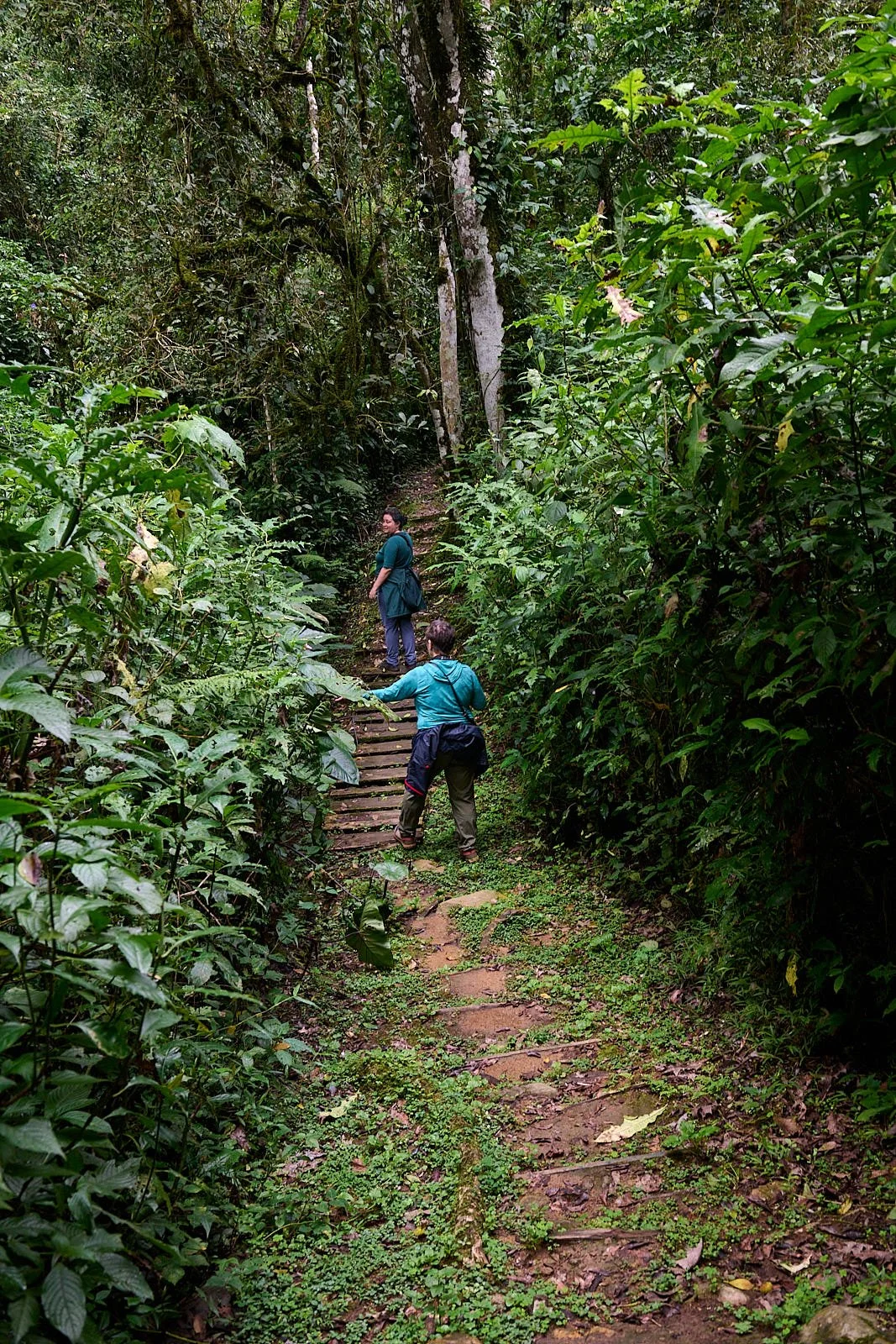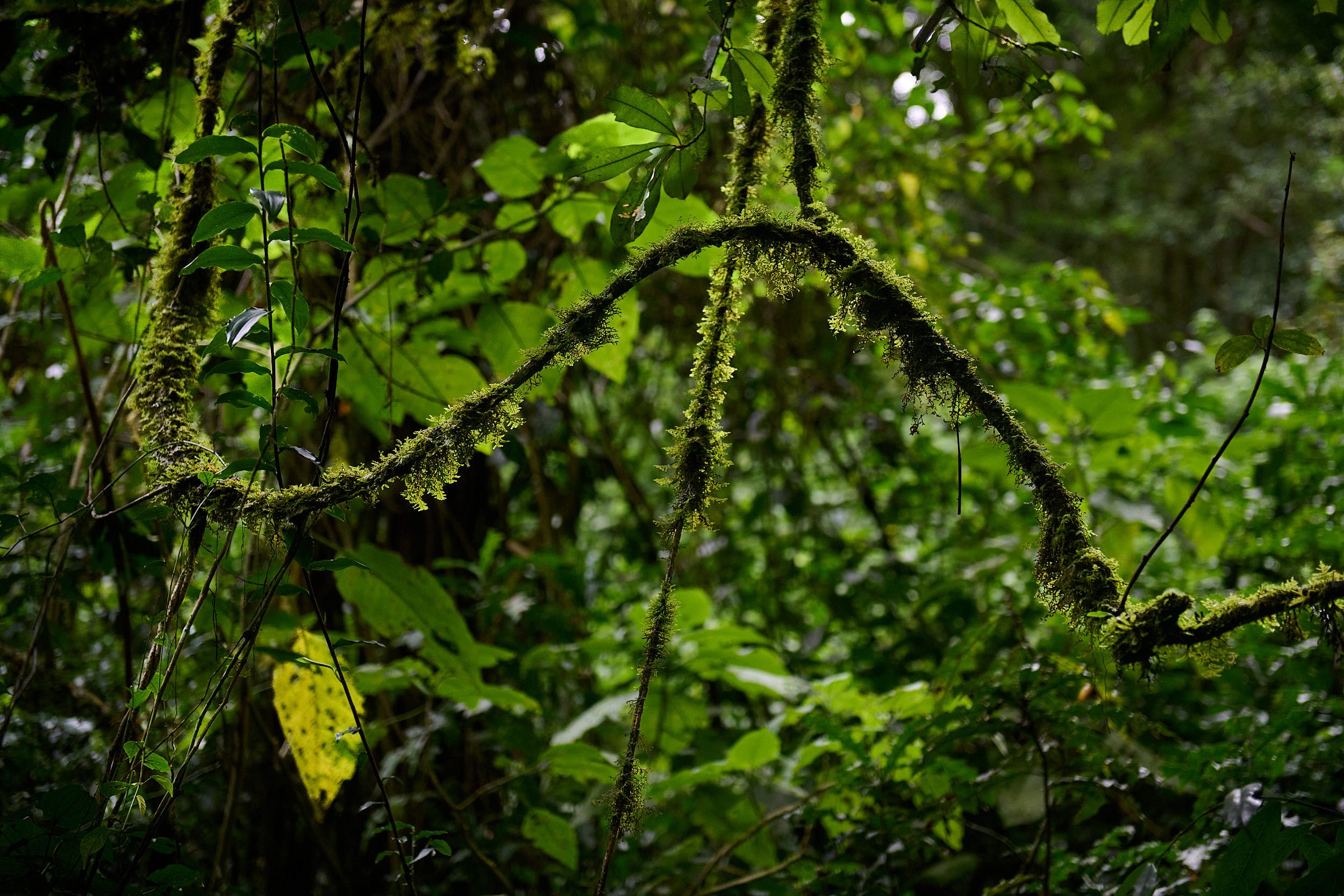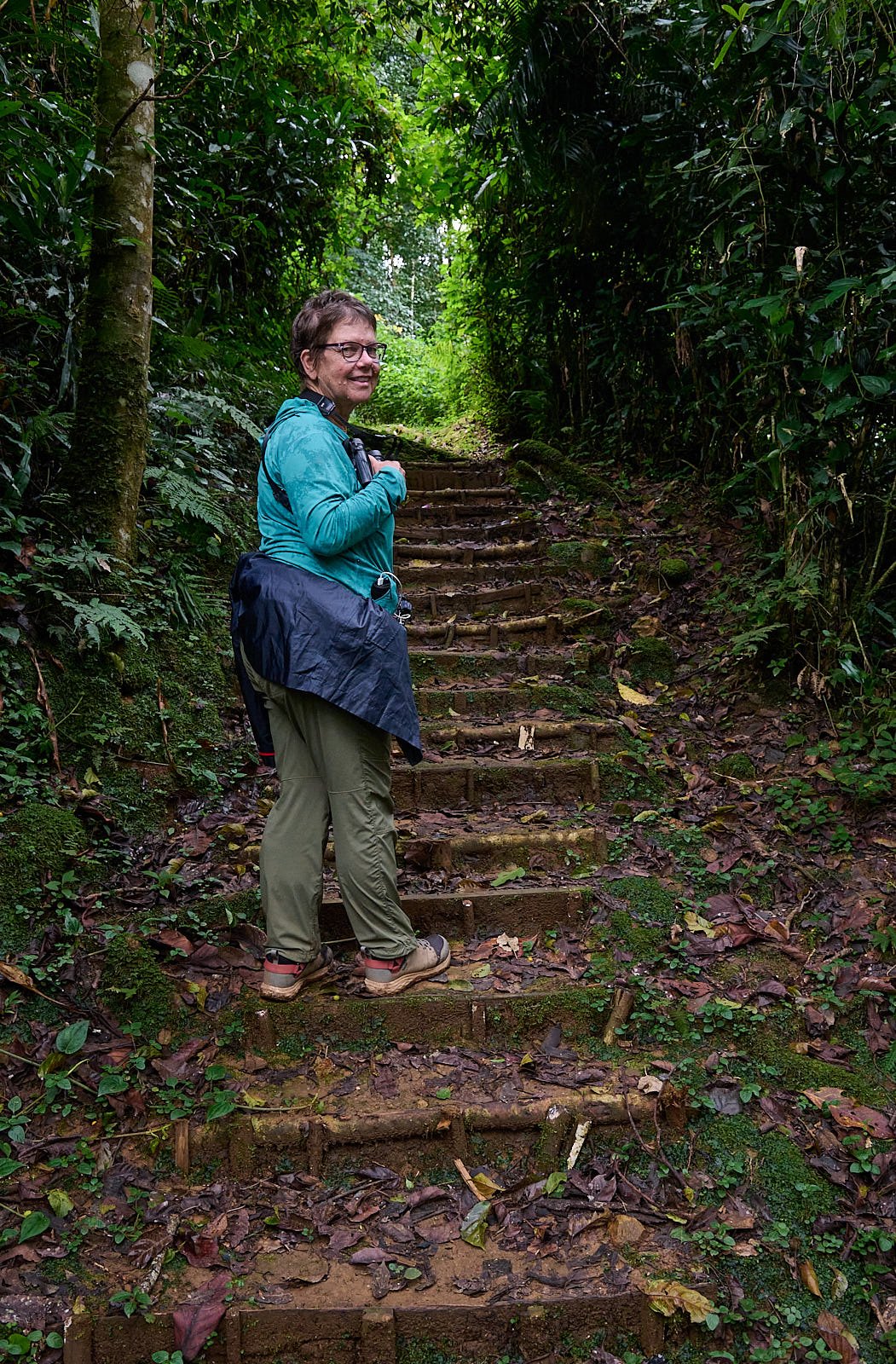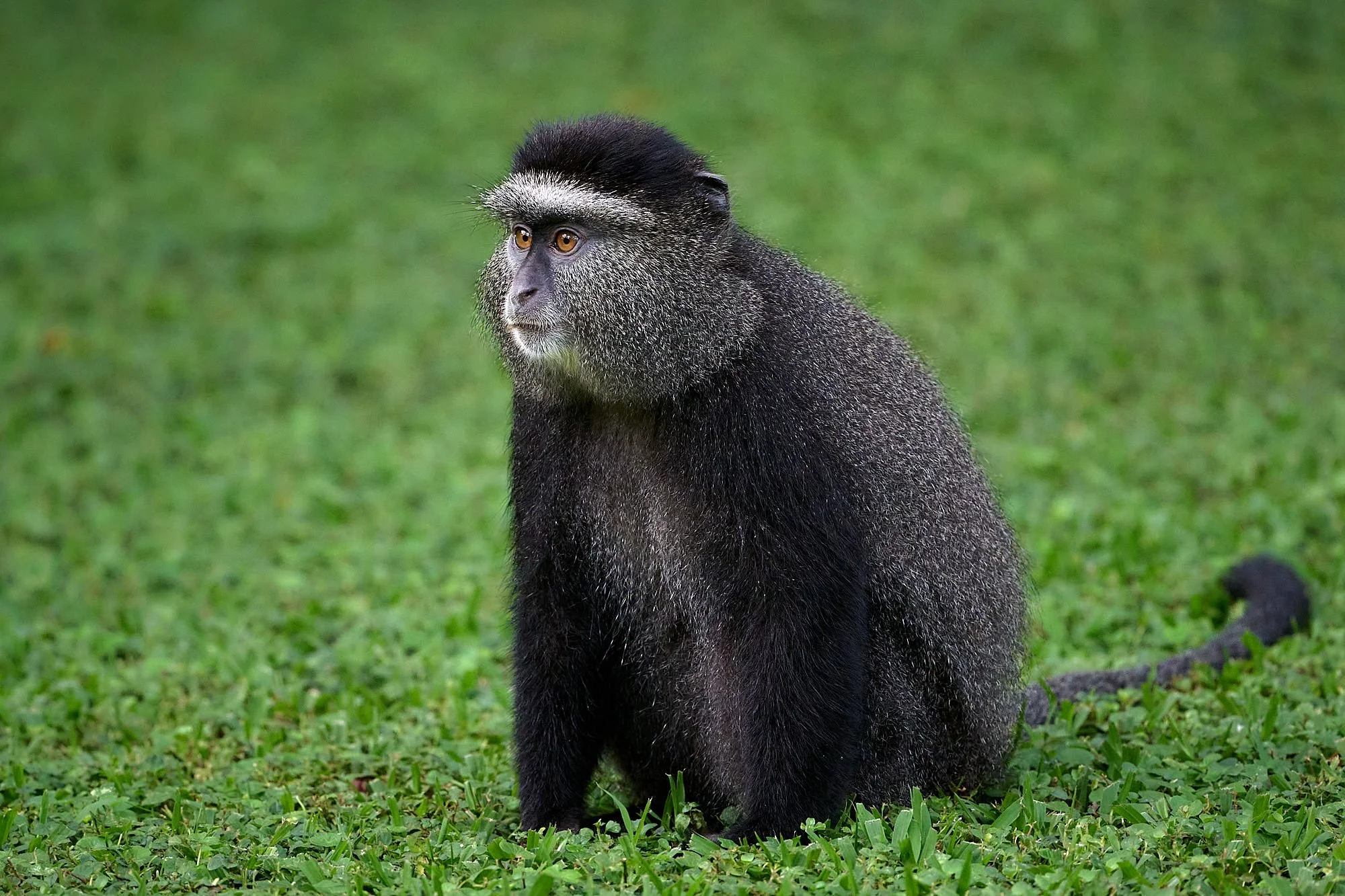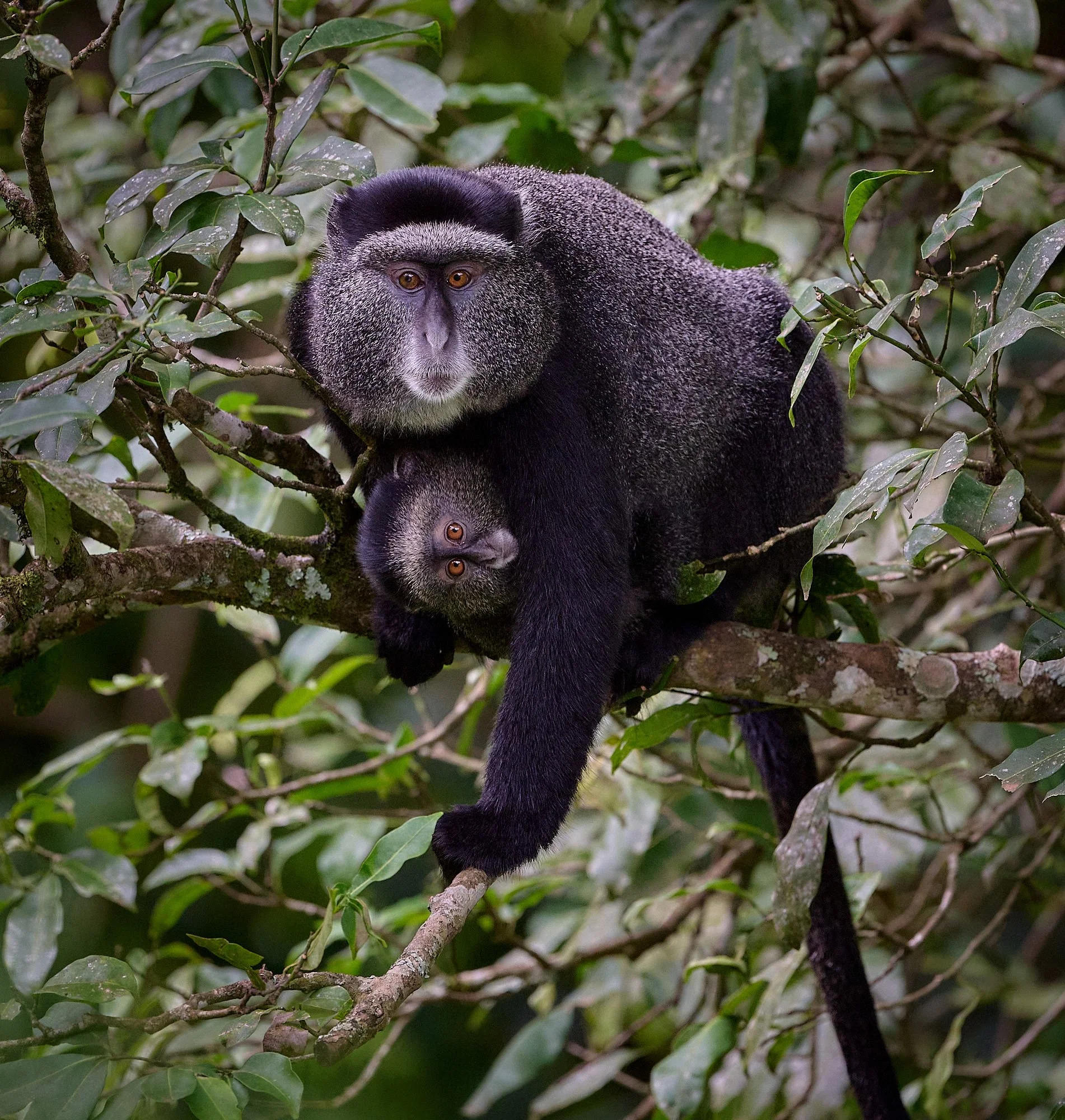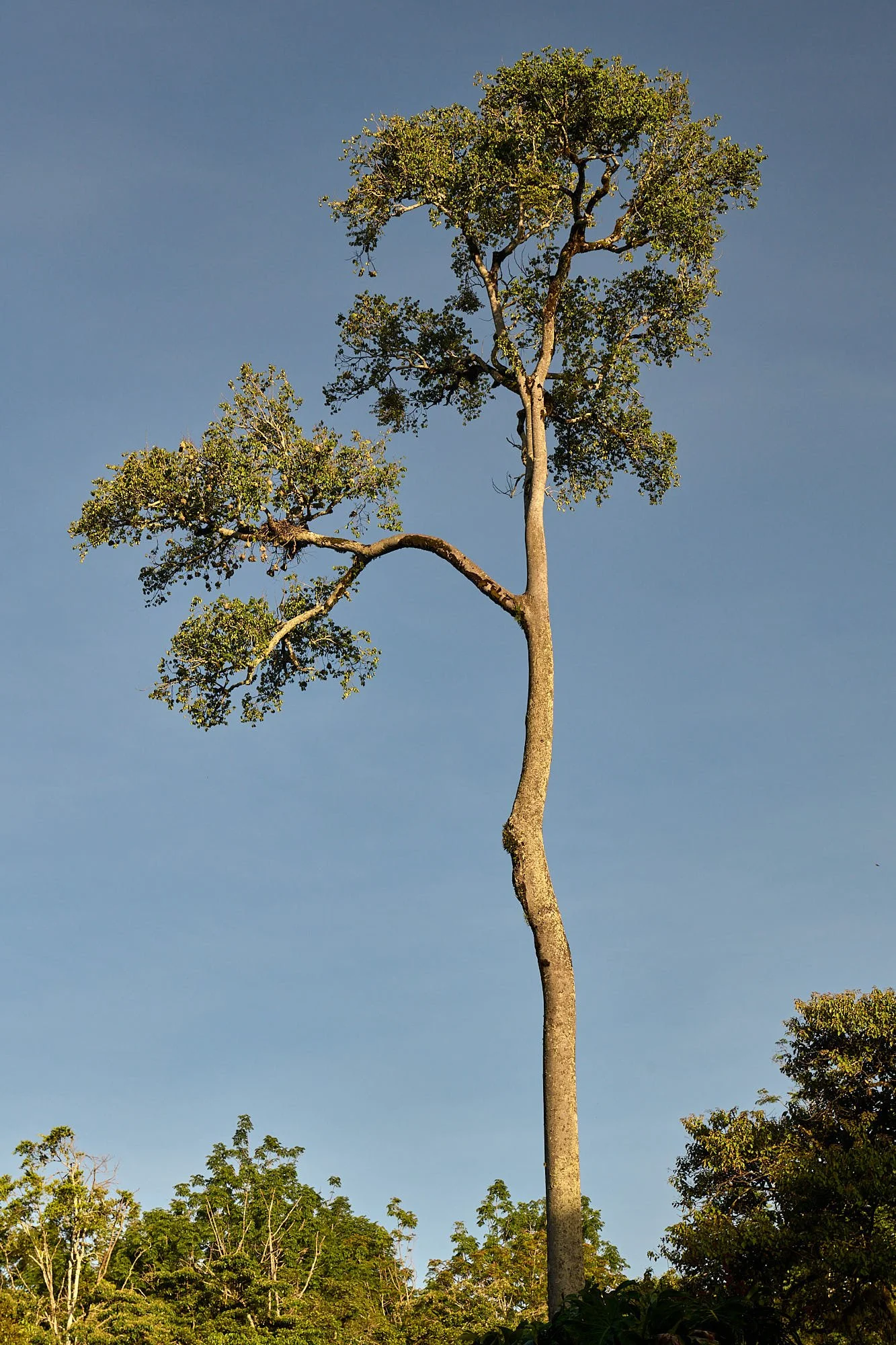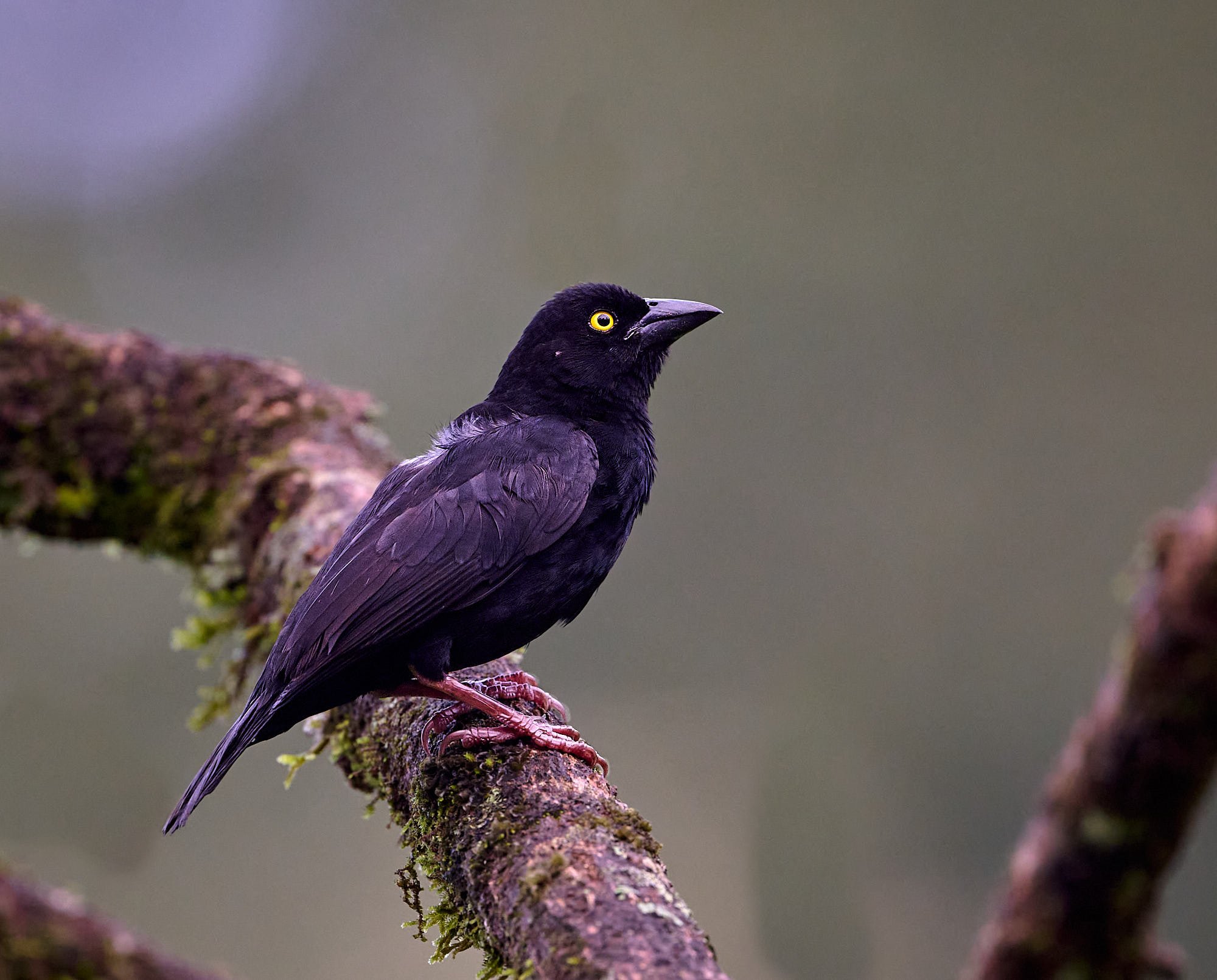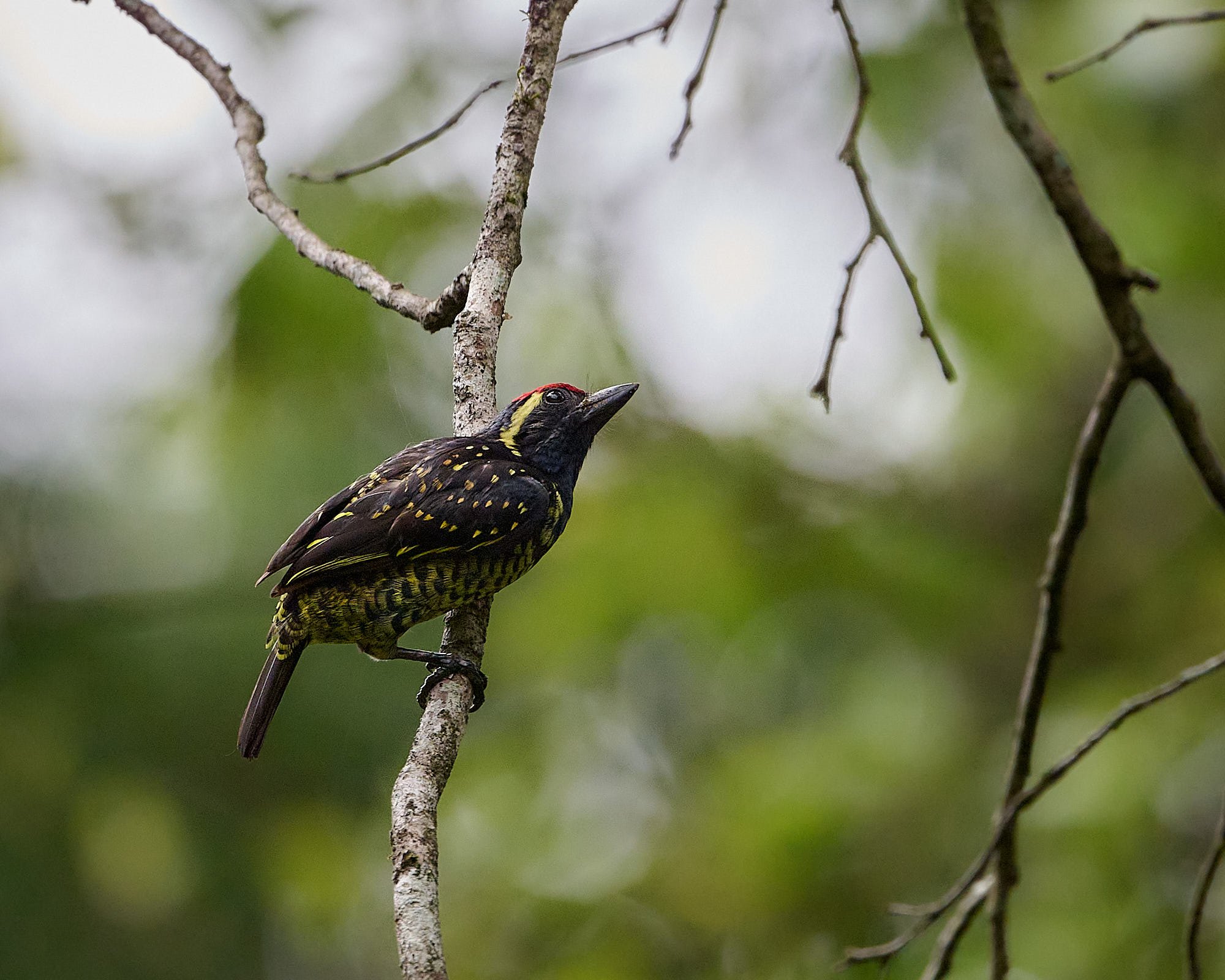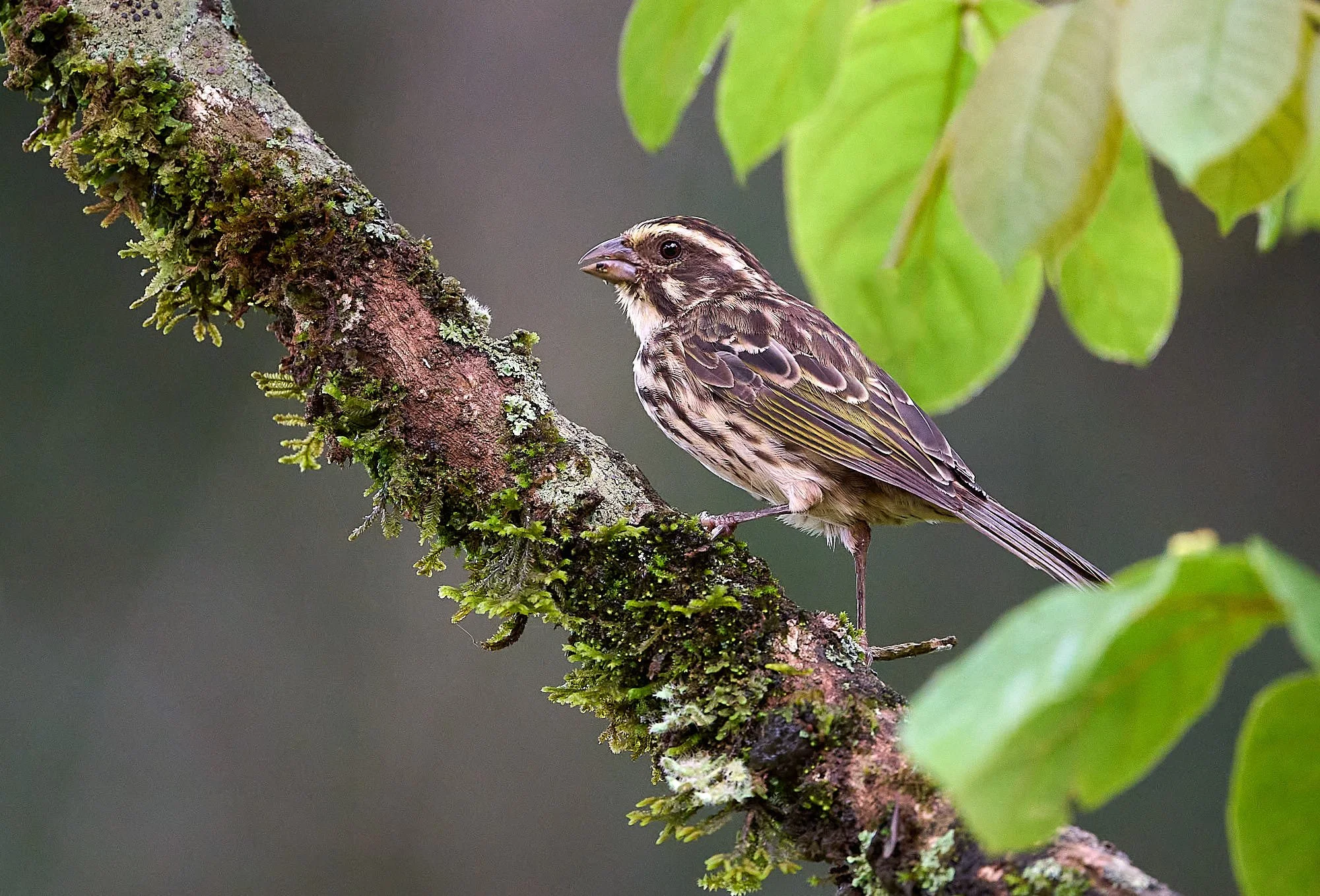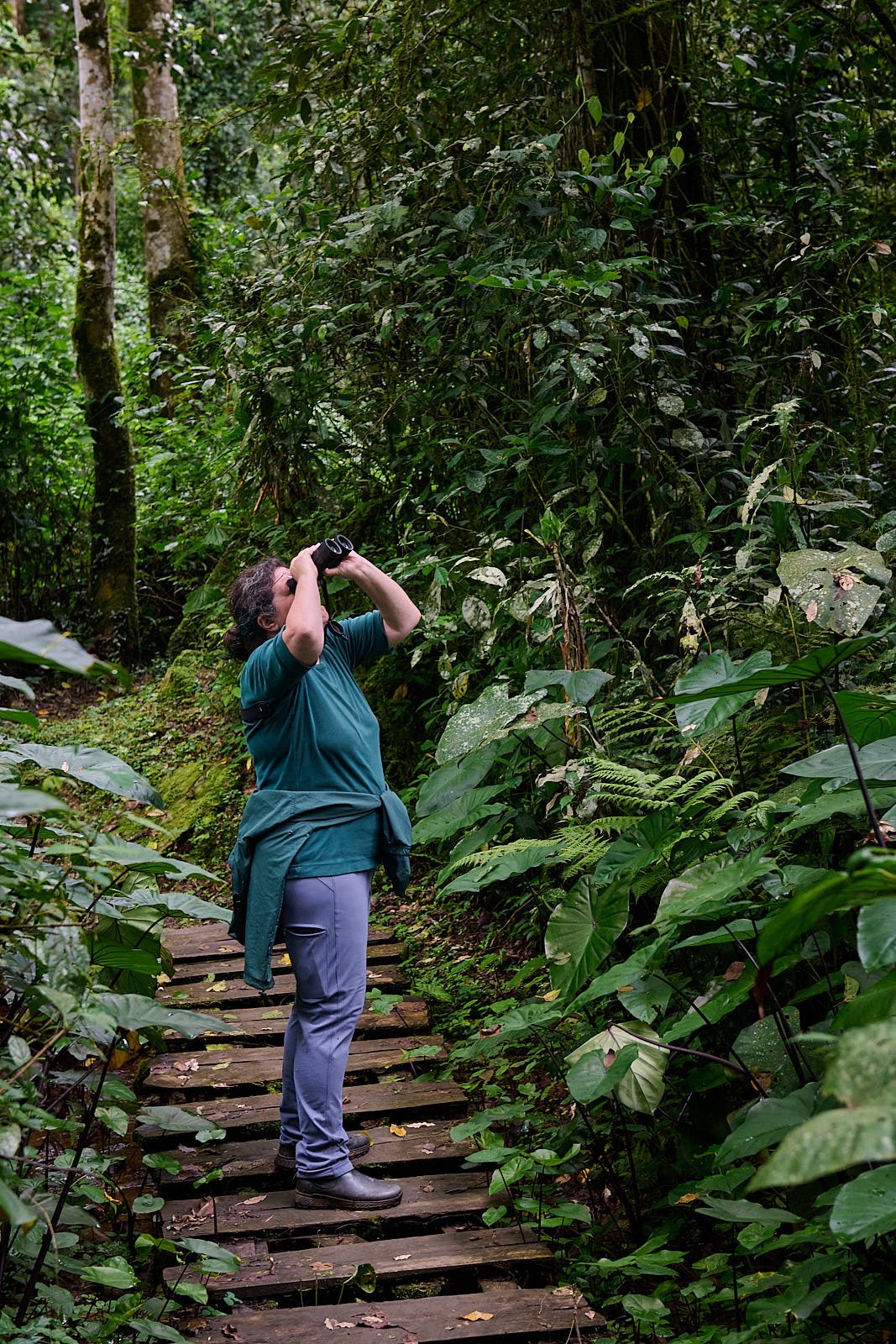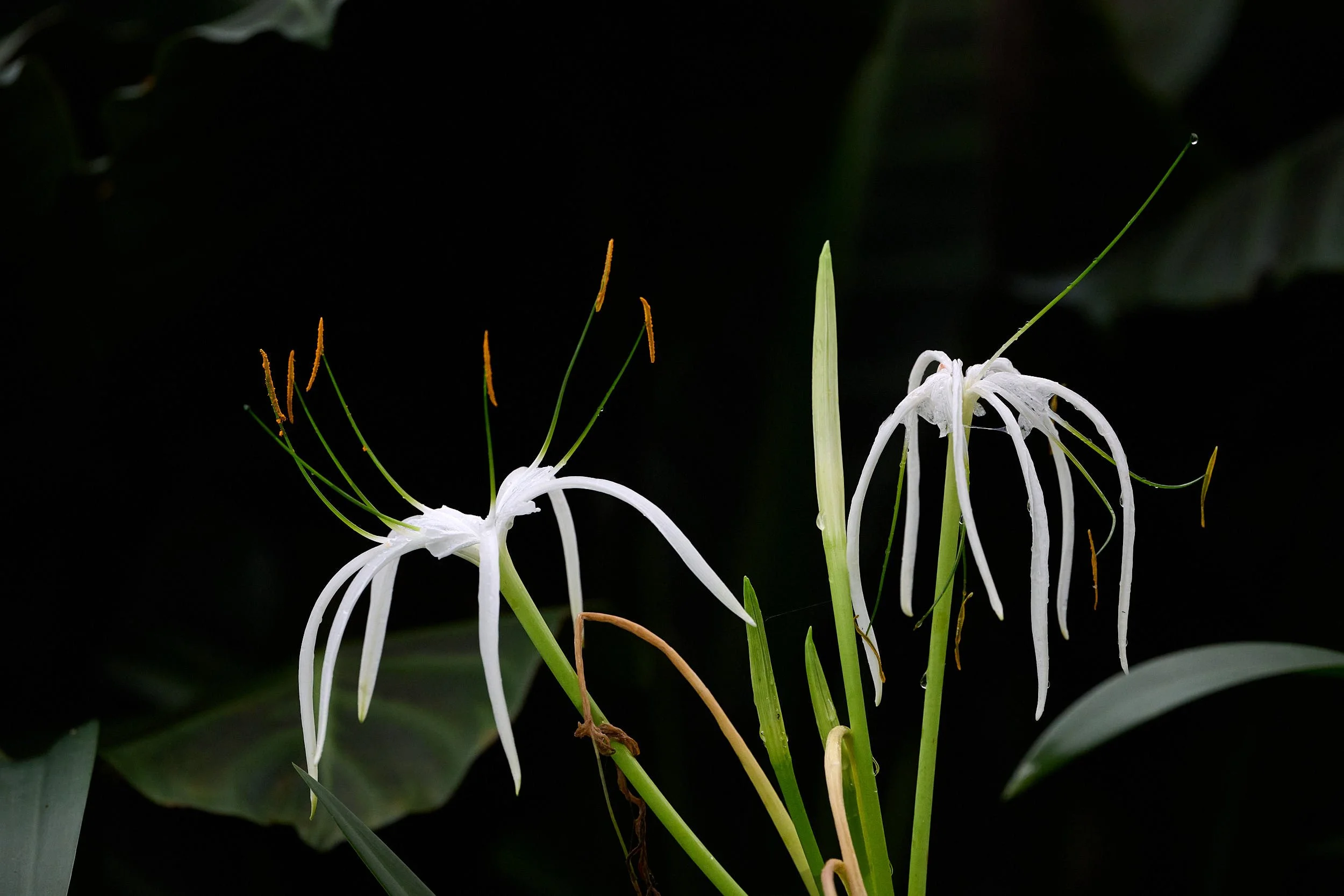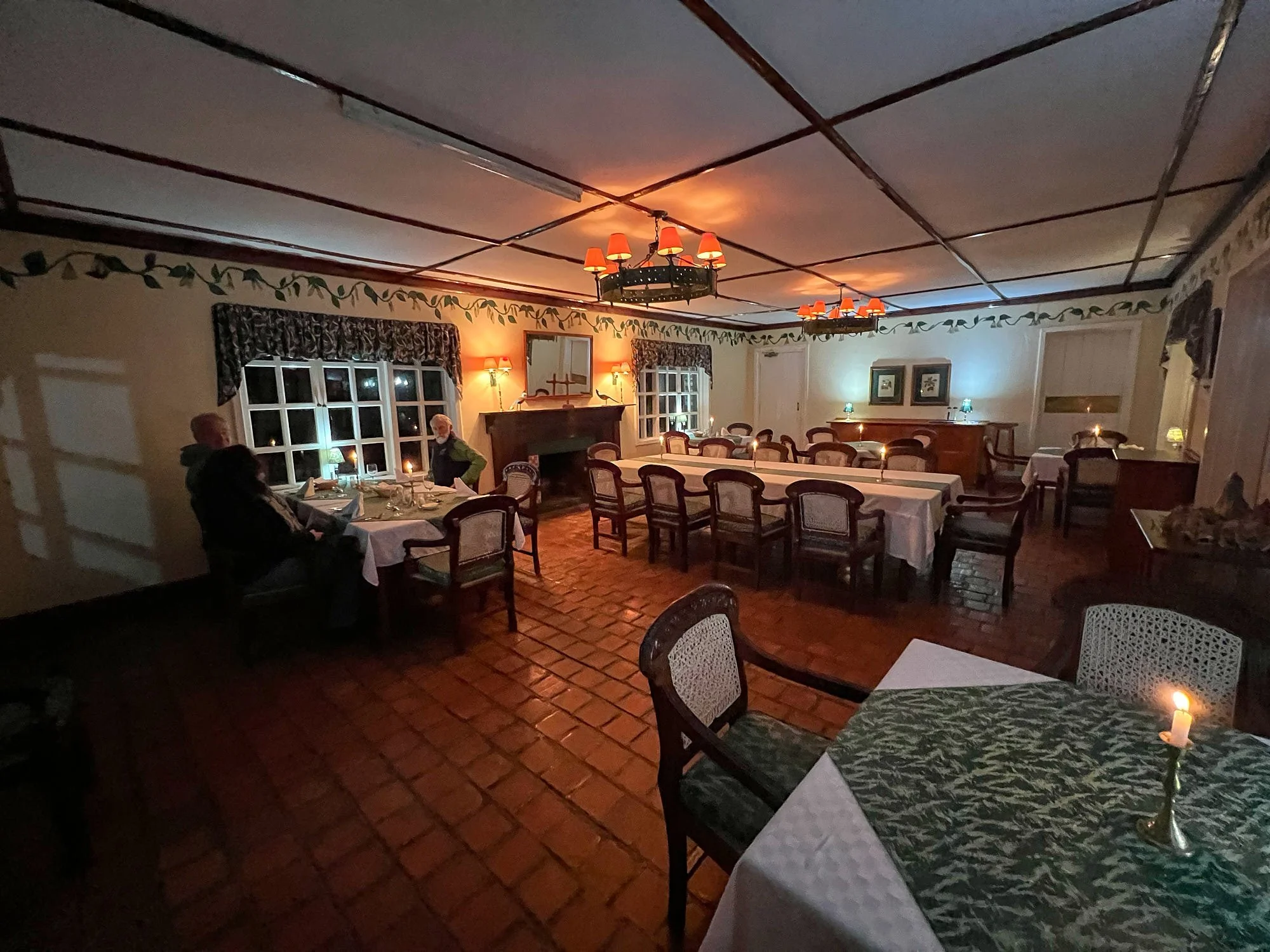Into Africa: February - April 2024 (part 4)
Edge of the Rift Valley
Equatorial fun
African Pied Wagtail
Kakamega Forest
En route to market
MacKinnon’s Shrike on red hot pokers
Blue monkey
Speckled Mousebird
Impatiens spp.
Red-eyed Dove
Datura spp.
So many choices
Bronze Sunbird, female
Olive baboon
Baglafecht Weaver
Joking around
Kenya and its neighboring countries
Section #4: Kenya, East Africa
Immigration formalities and the 4-hour Kenya Airlines flight from Johannesburg to Nairobi were uneventful. We stepped out of the airport building into abundant tropical sunlight and were greeted by our long-time friend C. He shepherded us through the human bustle, and we travelled across town to C & K’s suburban Nairobi home. It all seemed so easy. Everything was fresh and novel to our eyes; this was our first trip to Kenya.
Central and western region of Kenya showing the location of Kakamega Forest relative to Nairobi.
Friends
K & C were our excellent hosts for eight days, our time split equally between Nairobi and the Kakamega Forest in NW Kenya. We had a wonderful time!
The United Nations Africa Office is in Nairobi. The city has a great food scene and the four of us dined at some of K’s favorite ethnic restaurants. We visited Karen, a suburb situated where Blixen had once farmed coffee. Trevlyn toured a few art galleries. Below are her photos of some the work.
Artist: Ngugi Waweru, Circle Art Gallery. A Kenyan who collects old knives from butcheries and produces knife compositions with the general theme stated as “Sharp knife cuts the owner” - decisions and actions come back to haunt one.
African Arts Trust. Artist strives to make social commentary incorporating commonly available advertising fliers into his work.
Artist: Wanjohi Maina, Circle Art Gallery. Realistic two-dimensional metal cutouts.
While Trevlyn visited the art world, Jumbo stayed back at K & C’s house and observed the local birds. The garden is very bird-friendly with lovely big trees, dense shrubs, a water feature and seed tray.
Bronze Mannekin, male
Bronze Mannekin, juvenile
Red-billed Firefinch, female
Red-billed Firefinch, male
Village Indigobird
Red-eyed Dove.
Parrot-billed Sparrow
Dusky Turtle-Dove
Bachlafecht Weaver
A family of Speckled Mousebirds frequented the garden. Adult bird shown above. The parents were feeding a youngster.
Speckled Mousebird, juvenile
Cute as can be.
Initial Impressions
To us newcomers, Nairobi had a happy, exuberant energy and felt a little chaotic. Venturing into traffic is not for the faint-hearted. Generally, people were very pleasant and considerate. Similar to many countries, the gap between the privileged and the poor appeared substantial. Kenya’s population is about 55 million (26th in world ranking of countries), the median age is 20 years and about 30% of the people live in an urban environment.
We thought Kenya’s urban and rural vibe was quite different from what we had experienced in South Africa. Different histories, cultures and environment.
Snippets
East Africa has featured in several recent US-based publications. There were catastrophic floods in both Kenya and Tanzania in April, violent Kenyan protests against increases in taxation, controversy over land use, differences between Kenya and Tanzania regarding elephant trophy hunting, and new scientific findings from Amboseli National Park on elephant communication.
A brief history of Kenya
Pre-colonial History: Around 2000 BC, Cushitic-speaking people from northern Africa settled in the part of East Africa that is now Kenya. By the 1st Century AD, Arab traders had established colonies along the Kenyan coast. Nilotic and Bantu people settled inland during the first millennium AD.
The Europeans: The Swahili language evolved from a mixture of Bantu and Arabic and served as lingua franca for trade between the different cultures. When the Portuguese arrived in 1498, Arab coastal dominance waned, and Mombasa became an important resupply stop for ships bound for the Far East. The Portuguese gave way in turn to Islamic control under the Imam of Oman in the 1600s. Then, in the 19th century, British power prevailed.
Colonial History: At the Berlin Conference of 1885, East Africa was divided into territories of influence by the European powers. The British Government founded the East African Protectorate in 1895 and declared it a British colony in 1920. In the ensuing decades, many Indians were brought into Kenya to work on the Kenya-Uganda railway line.
Resistance to Colonialism: In 1942, Kikuyu, Embu, Meru and Kamba tribe members united to fight for freedom from British rule. This led to the Mau Mau uprising of 1952-1960. Jomo Kenyatta was imprisoned in 1953 for his role in the rebellion and was finally released in 1962. He became Kenya’s first Prime Minister, when Kenya gained independence on December 12, 1963. The following year, Kenya became a Republic with Kenyatta as its first President. He ruled until his death in August, 1978. (Adapted from Kenya Embassy website.). (Kenya flag.)
Kakamega road trip
The journey to Kakamega forest took about 8 hours. It was fascinating to reach the edge of the Great African Rift and descend into it. Also, to see the transition from urban to rural habitation. The long rains had started and the countryside looked so lush. It was encouraging to find the village roads lined with well-stocked food stalls. Our route took us northwest past volcanic Longonot and Londiani peaks, Rift Lakes Naivasha, Elmentieta and Nakuru, and then west by the town of Kapsabet. The final section into the forest was slick, red mud.
Looking into the East African Rift Valley
Main Street
Anything is possible.
Multi-story buildings are common, even in the smaller towns
Kapsabet taxis - awaiting the next call
Three comrades. Four on a bike is not unusual!
The long rainy season - monsoon
Fresh produce everywhere. Plenty of trucker customers heading to Uganda and beyond.
Fever trees surrounding a water hole. Herdsman in the horizontal position - oh the pastoral life!
Rural mall - electronics, fashion and beauty
Negotiating the forest roads takes skill
Kakamega Forest
Kakamega is the only remnant in Kenya of the once great tropical rainforest that stretched across Central Africa, also known as the Guineo-Congolian forest. Kakamega, the easternmost outlier of that belt, is a mid-altitude tropical rainforest. Its West African affinities are unique in Kenya, and the forest contains many species found nowhere else in the country. It was gazetted as a National Reserve in 1986.
The terrain is undulating, with often steep-sided river valleys. The soils are well-drained, deep, heavily leached clay-loams and clays, of generally low fertility. Rainfall is approximately 2,000mm (80 inches) per year, decreasing from south to north, and apparently declining due to deforestation. The Isiukhu and Yala Rivers drain westward from the central Nandi Escarpment, flow through the forest and empty into Lake Victoria.
(Adapted from: Unesco World Heritage Convention)
Kakamega Flora
There are 380 recorded species of plants. The rich tree diversity includes some of Africa's greatest hard and soft woods: Elgon teak, red & white stinkwoods, crotons, and Aningeria altissima. Endemism is low, however, with the only woody endemic being the liana Tiliacora kenyensis.
Kakamega Wildlife
The forest contains olive baboon and black-and-white colobus, red-tailed, blue, and de Brazza’s monkeys. The small mammal community is rich and shows strong affinities to the Congo basin. At least 28 snake species are recorded, including the rare Goldie’s tree cobra and other West African species. There are 2 endangered forest amphibians. The forest's butterfly fauna is very diverse (around 350 species), including some endemics.
Forest troop
Olive baboons
Black and White Colobus Monkey
Blue monkey
Romping around
In thought
Safe with mom
Kakamega Avifauna
Kakamega's avifauna is unique, not only nationally but also continentally. It is one of Africa's top bird-watching forests. Several species have isolated, relict populations here, including Ansorge's Greenbul, Blue-headed Bee-eater, Chapin's Flycatcher and Turner's Eremomela. (We saw all these rarities.) The presence of Turner's Eremomela indicates biogeographic links to the Eastern Zaire Lowlands Endemic Bird Area. About 45 bird species occur in Kakamega but nowhere else in Kenya.
White-browed Robin-chat
Shelley’s Greenbul
Yellow-whiskered Greenbul
African Pipit
African Blue Flycatcher
Left: Bar-tailed Trogon; Right: Great Blue Turaco
This stately tree has, in the left lower branches, a Crowned Eagle nest.
Here is the occupant, a juvenile that is too young to fly. The nests around the chick belong to Vieillot’s Black Weavers, who are known to breed in proximity to other species’ nests.
A cat with 8 lives to go.
One Crowned Eagle parent swooped down to take kitty to their chick. The cat’s quick reflexes allowed it to escape capture but the eagle inflicted a deep wound in her flank.
Vieillot’s Black Weaver, male
Vieillot’s Black Weaver, female eating flying ants after the rain.
Forest Weaver
Both images: African Pied Wagtail, singing and doing its exercises in the early morning.
MacKinnon’s Shrike
Bronze Sunbird: Mother & offspring
Yellow-spotted Barbet
Northern Double-collared Sunbird, male
Northern Double-collared Sunbird, female
Gray-headed Nigrita
Streaky Seedeater
Common Cuckoo female/immature
Bronze Sunbird: female (left) & male (right)
Bronze Sunbird female adding spiderweb strands to nest.
Kakamega Conservation
Kakamega is a fragmented forest and is reportedly surrounded by one of the most densely populated rural areas in the world. Pressure on the forest resources is considerable.
The Kenya government has developed a participatory forest management approach that incorporates the community in conservation initiatives.
Left: Tea plantation within the forest. Right: Gathering firewood on a daily basis.
Birding for fun and conservation
We hired a local bird guide (W) to take us birding. He was outstanding, with a deep knowledge of Kakamega’s birds, their calls and where to find them. It is dense rainforest and it rained a lot. Most of the birds we saw were first identified by W from their calls.
Kakamega National Forest is internationally recognized for its avifauna and is a destination offered by many specialist birding tour companies. Use of local guides brings tourist dollars to the people who live in the area and perhaps reinforces the merit of preserving the forest.
Birding with W.
During one of our birding rambles, we encountered a group of school children who were on an educational outing. It was good to see.
Accommodation
We stayed at the Rondo Retreat Centre. It is a cluster of rustic cottages around a central dining room and lounge. Set within the forest, the Centre is encompassed by a glorious, manicured, and expansive garden. It is very peaceful. Most of the flowering plants were not indigneous.
Western portion of the garden.
Datura spp (non-native)
Red hot poker (native to Africa)
Spider lily (Native to the West Indies)
Cestrum elegans (Native to Central America)
Lobster claw (Native to Central America)
The hospitality style is genteel - formal, old world charm. The staff are very attentive, accommodating and polite. They seemed to enjoy their work.
Rain came down in buckets most afternoons and often lasted the night. Mornings were initially misty until the sun penetrated the forest.
Bob Turton, from South Africa, came to Kenya to seek his fortune in the Kakamega Gold Rush. When that did not “pan out” he turned to timber, running a sawmill, but practicing the sustainable forest policy of the colonial era. One day the sawmill received an order for an Elgon Olive (teak). Bob was informed by his workers of an especially fine specimen in the forest nearby. His wife (Anita), on seeing the tree, declared that it should not be cut down, rather that she must have her house built facing it. Bob did just that and made a home and garden for themselves, deep in the forest. Anita, a keen gardener, laid out a magnificent garden, beneath an overarching cathedral of trees, with the help of an army of gardeners. They were married for 25 years when sadly she died.
He later married Betty Kapp. They had 2 children, Connie and Ken. At the end of the Emergency (Mau Mau Rebellion), at the start of the 60s, Bob was attacked while driving home. A stone was hurled through the windscreen, smashing him in the face. Betty was with him. She said he was slumped down over the wheel, unconscious, and bleeding profusely, with the car leaping out of control, miraculously weaving between huge boulders and coming to rest in the nick of time on the very brink of the river stopped as if by an angel’s hand. Bob’s face was surgically reconstructed in Nairobi, but he took it that it was now time to take his young family out of Kenya to start a new life in the USA, Betty’s home country.
Rondo Retreat now belongs to the Trinity Fellowship, a Christian society committed to communication and conservation.
Verbatim from the website
Farewell and Thank You!
Our 8-day sojourn in Kenya added 90 species to our bird list for the Africa trip. Total species count increased to 373.
We said goodbye to K & C and checked in for our Kenya Airways journey to Arusha, Tanzania. Gradually, it became apparent that the flight was cancelled. We ended up spending the night in a Nairobi hotel and flying the following day on a different airline.
(Tanzania flag)



